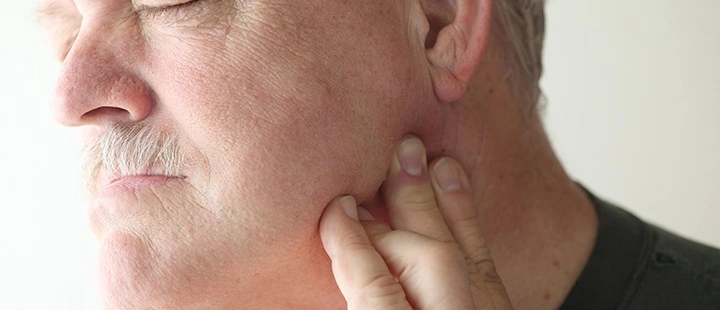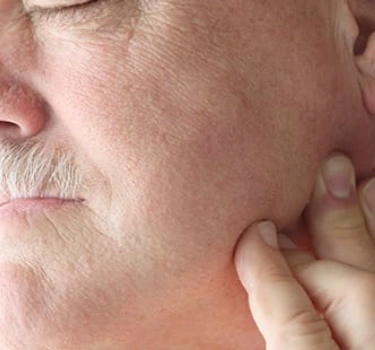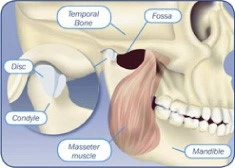What is TMJ Disorder?
Tooth pain can be caused by a dental problem, such as a cavity or gum disease, or by a non-dental problem like a sinus infection. Some dental pain is caused by stress – if you’re stressed to the point of clenching your jaw and grinding your teeth, you can develop pain associated with the temporomandibular joint (TMJ). The TMJ is the joint that hinges the lower jaw to the skull, enabling you to open and close your mouth.
TMJ disorders are a group of conditions that cause pain in and around the TMJ and nearby muscles. Clenching your jaw and grinding your teeth puts an additional strain on the muscles of the jaw causing inflammation. TMJ problems can affect a person's ability to speak, eat, chew, swallow, make facial expressions, and even breathe.
What are the symptoms of TMJ disorders?
Pain is one of the most common symptoms of TMJ Disorders. TMJ pain is often described as a dull ache in the jaw joint and nearby areas, including the ear. Some people report no pain but have jaw dysfunction. Other symptoms can include:
pain in the neck and shoulders
migraine and/or chronic headache
jaw muscle stiffness
limited movement or locking of the jaw
painful clicking, popping or grating in the jaw joint when opening or closing the mouth
a bite that feels "off"
ear pain, pressure and/or ringing in the ears
diminished hearing
dizziness and vision problems
tooth sensitivity
Keep in mind that occasional discomfort in the jaw joint or chewing muscles is common and is not a cause for concern. Many people with TMJ problems get better without treatment. Often the problem goes away on its own in several weeks to months.
What causes TMJ disorders?
Besides stress, some possible causes are injuries to the jaw area, various forms of arthritis, some dental treatments, your genes and/or hormones, an infection, and auto-immune diseases.
How to treat TMJ disorder
Since most common jaw joint and muscle problems are temporary, lasting only weeks or months, simple care, such as hot or cold compresses and over-the-counter medications, is all that is usually needed to relieve the discomfort. Avoid treatments that can cause permanent changes in the bite or jaw.
TMJ treatments should be reversible whenever possible. That means that the treatment should not cause permanent changes to the jaw or teeth. Examples of reversible treatments are:
Over-the-counter pain medications
Prescription medications
Gentle jaw stretching and relaxation exercises
Stabilization splints (biteplate, nightguard) are the most widely used treatments for TMJ disorders. Studies of their effectiveness in providing pain relief, however, have been inconclusive.
Irreversible treatments have not been proven to work and may make the problem worse. Examples of irreversible treatments are:
Adjustment of the bite by grinding the teeth
Extensive dental work
Mandibular repositioning splint (changes the bite and jaw positioning)
Orthodontics
Surgical procedures including replacement of all or parts of the jaw joint
Complex cases involve chronic and severe pain and jaw dysfunction. Such patients are best treated by a team of specialists in such fields as neurology, rheumatology, pain management – all working together to develop an integrated care program. ¹
Future Research
In recent years, The TMJ Association, Ltd. a national 501(c)(3) nonprofit patient advocacy organization, has co-sponsored five international scientific meetings with the National Institutes of Health to address TMJ disorders. Details about these meetings and extensive information on TMJ disorders can be found on The TMJ Association's website, www.tmj.org.
References
U.S. Department of Health and Human Services: National Institutes of Health. (Revised March 2010). TMJ Disorders. (NIH No. 10-3487). Washington, D.C.:Government Printing Office, 14.
SHARE





